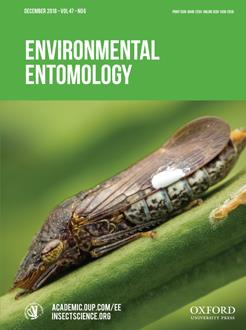Ants are abundant and ecologically dominant insects in most terrestrial communities. In subtropical ecosystems, there is a high turnover of species from the canopy to the top layers of the soil. Additionally, ant communities are often influenced by inter-specific competition. Collectively, these two processes (abiotic filtering and competition) make ants ideal for studies of community structure. We examined composition, co-occurrence, and species interactions in a sub-tropical forest ant community to examine how ground-foraging ant species partition microhabitats. We used four methods: pitfall traps, litter samples, surface baits, and subterranean baits. Surface baiting was employed at three different time periods to examine how foraging activity and species interactions at baits varied with time of day and temperature. Each method sampled a particular assemblage of the 97 total ant species. Pitfall traps shared ∼50% of species with surface baits and litter samples. Subterranean baits had the fewest total species but included some uncommonly sampled ants. The majority of interactions between species at baits were neutral, but a few agonistic interactions were also observed when bait occupancy was highest. Species co-occurrence patterns suggest that this ant community may not be heavily influenced by interspecific competition. Our results reinforce the advantages of applying complementary sampling techniques to examine ant community structure, and suggest that competition and dominance is best considered in the context of resource type, foraging strategy and time of sampling. Finally, we discuss the lack of two conspicuous Neotropical groups in our samples, leaf-cutting ant and army ants.
BioOne.org will be down briefly for maintenance on 17 December 2024 between 18:00-22:00 Pacific Time US. We apologize for any inconvenience.
How to translate text using browser tools
12 October 2018
Co-occurrence Patterns in a Subtropical Ant Community Revealed by Complementary Sampling Methodologies
Priscila E. Hanisch,
Andrew V. Suarez,
Pablo L. Tubaro,
Carolina I. Paris
ACCESS THE FULL ARTICLE
It is not available for individual sale.
This article is only available to subscribers.
It is not available for individual sale.
It is not available for individual sale.

Environmental Entomology
Vol. 47 • No. 6
December 2018
Vol. 47 • No. 6
December 2018
ant ecology
Atlantic forest
competition
ecological dominance
Iguazú National Park





